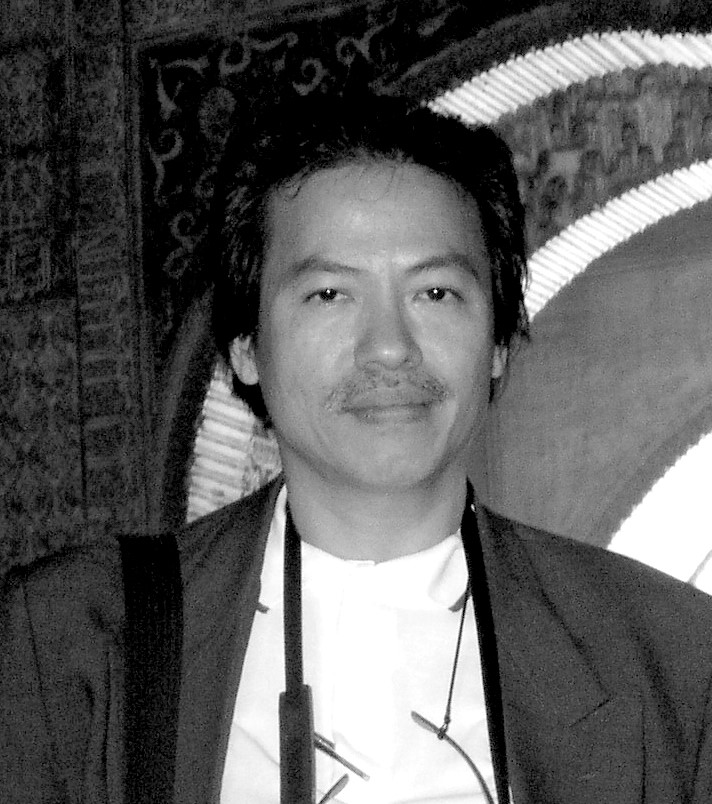- Home
- February 2013
- Covid-19 Exclusives: Lessons to Learn from Penang's 1918 Influenza Pandemic
Covid-19 Exclusives: Lessons to Learn from Penang's 1918 Influenza Pandemic
by
Penang Monthly

Previous Post
WU LIEN-TEH The Father of Modern Medicine in China
9 min read
Born in Penang in 1879 to a family of immigrants from Taishan, China, Dr Wu Lien-Teh received his primary and secondary education at Penang Free School. At 17,...
Next Post
Amazed, Enthused and Amused by Music
3 min read
Have you noticed how, despite all the effort done to put us into a visual trance that takes us into another reality, moviemakers still cannot do without background music?
You might also like
That Little Wine Bar
3 min read
Penang’s at Little Wine Bar offered me just the kind of place I was seeking. An opportunity to “chillax” with friends and catch up on their pa...
Smoking opium in Penang, 1854
4 min read
It destroyed countless lives and countless families, and came to be associated with Chinese culture despite the trade being run largely by the British as part o...
In Awed Appreciation of PAGO-PAGO
6 min read
Dark Pago-Pago, oil on canvas, 1967.It is moot if so many Pago-Pago works of Malaysia’s great artist Latiff Mohidin can ever be assembled again unde...



